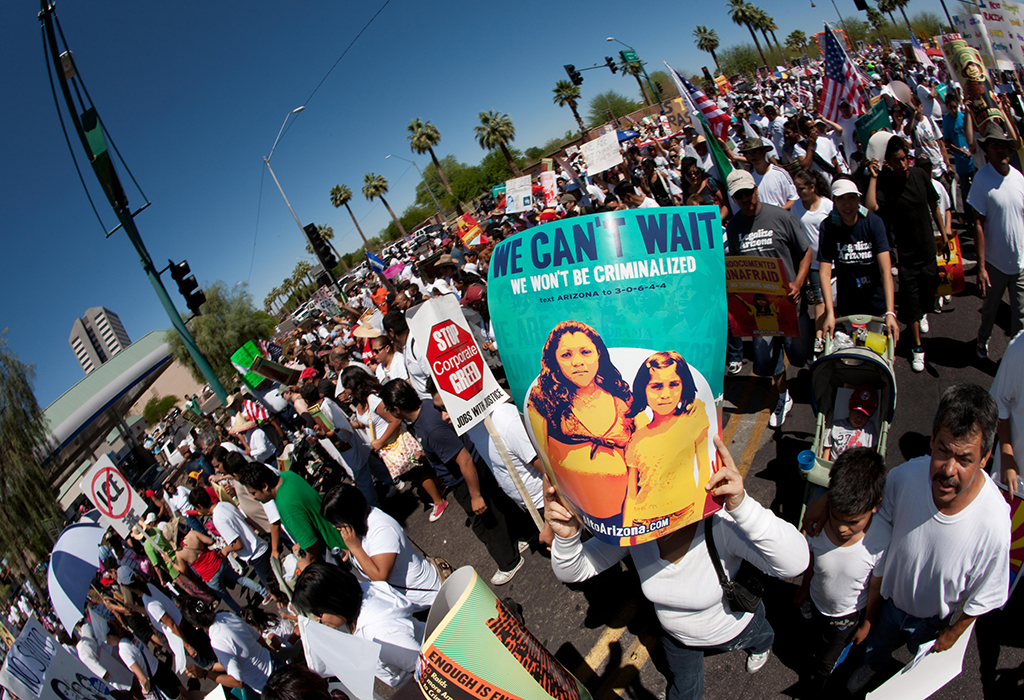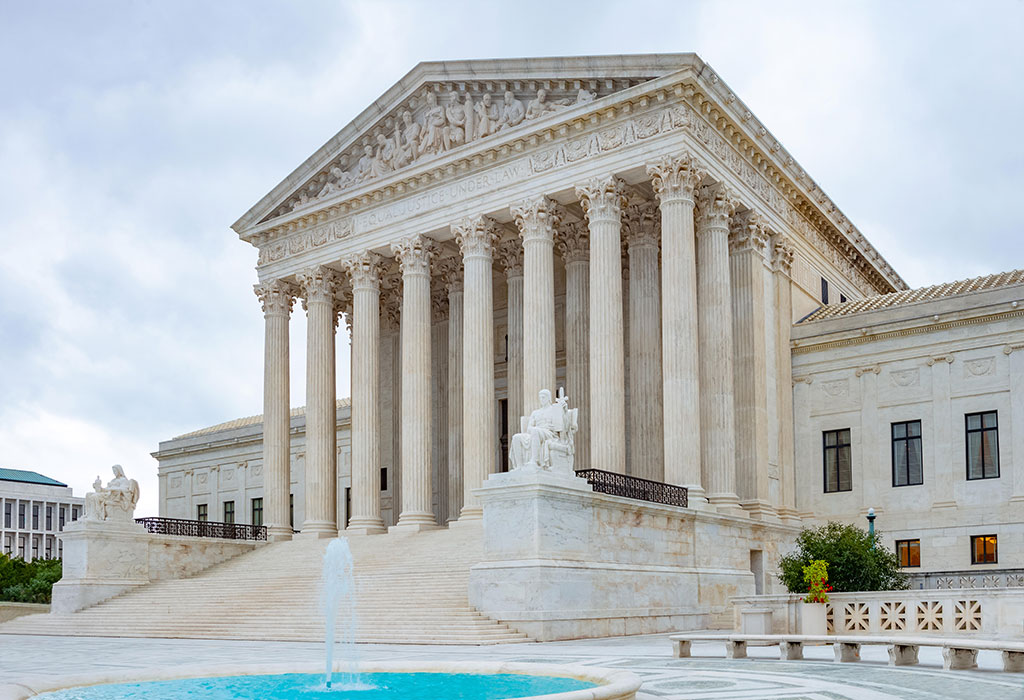What Happens if Obamacare Is Struck Down?
The Affordable Care Act touches the lives of most Americans. Some 21 million could lose health insurance if the Trump administration were to succeed in having the law ruled unconstitutional.
The Affordable Care Act was already in peril after a federal judge in Texas invalidated the entire law late last year. But the stakes ramped up again this week, when President Trump’s Justice Department announced it had changed its position and agreed with the judge that the entire law, not just three pieces of it, should be scrapped. A coalition of states is appealing the ruling. If it is upheld, tens of millions more people would be affected than those who already rely on the nine-year-old law for health insurance. Also known as Obamacare, the law touches the lives of most Americans, from nursing mothers to people eating at chain restaurants.
Here are some potential consequences, based on estimates by various groups.
21 MILLION People who could lose their health insurance.
Of the 23 million people who either buy health insurance through the marketplaces set up by the law (11.4 million) or receive coverage through the expansion of Medicaid (12 million), about 21 million are most at risk if Obamacare is struck down. That includes 9.2 million who receive federal subsidies. On average, the subsidies covered $525 of a $612 monthly premium for customers in the 39 states that use the federal marketplace, HealthCare.gov, according to a new report from the Department of Health and Human Services. If the marketplaces and subsidies go away, a comprehensive health plan would become unaffordable for most of those people and many of them would become uninsured. States could not possibly replace the full amount of federal subsidies with state funds.
12 MILLION Adults could lose Medicaid coverage.
Medicaid, the government insurance program for the poor that is jointly funded by the federal government and the states, has been the workhorse of Obamacare. If the health law were struck down, more than 12 million low-income adults who have gained Medicaid coverage through the law’s expansion of the program could lose it. In all, according to the Urban Institute, enrollment in the program would drop by more than 15 million, including roughly three million children who got Medicaid or the Children’s Health Insurance Program when their parents signed up for coverage. The law ensures that states will never have to pay more than 10 percent of costs for their expanded Medicaid population; few if any states would be able to pick up the remaining 90 percent to keep their programs going. Over all, the federal government’s tab was $62 billion last year, according to the Congressional Budget Office. Losing free health insurance would, of course, also mean worse access to care and, quite possibly, worse health for the millions who would be affected. Among other things, studies have found that Medicaid expansion has led to better access to preventive screenings, medications and mental health services.
$874 MILLION – Medicaid spending for opioid addiction prescriptions has more than doubled.
The health law took effect just as the opioid epidemic was spreading to all corners of the country, and health officials in many states say that one of its biggest benefits has been providing access to addiction treatment. It requires insurance companies to cover substance abuse treatment, and they could stop if the law were struck down. The biggest group able to access addiction treatment under the law is adults who have gained Medicaid coverage. The Kaiser Family Foundation estimated that 40 percent of people from 18 to 65 with opioid addiction — roughly 800,000 — are on Medicaid, many or most of whom became eligible for it through the health law. Kaiser also found that in 2016, Americans with Medicaid coverage were twice as likely as those with no insurance to receive any treatment for addiction. States with expanded Medicaid are spending much more on medications that treat opioid addiction than they used to. From 2013 through 2017, Medicaid spending on prescriptions for two medications that treat opioid addiction more than doubled: It reached
$874 million, up from nearly $358 million in 2013, according to the Urban Institute.
The growing insured population in many states has also drawn more treatment providers, including methadone clinics, inpatient programs and primary care doctors who prescribe two other anti-craving medications, buprenorphine and naltrexone. These significant expansions of addiction care could shrink if the law were struck down, leaving a handful of federal grant programs as the main sources of funds.
SOURCE : York Times – By Reed Abelson, Abby Goodnough and Robert Pear





